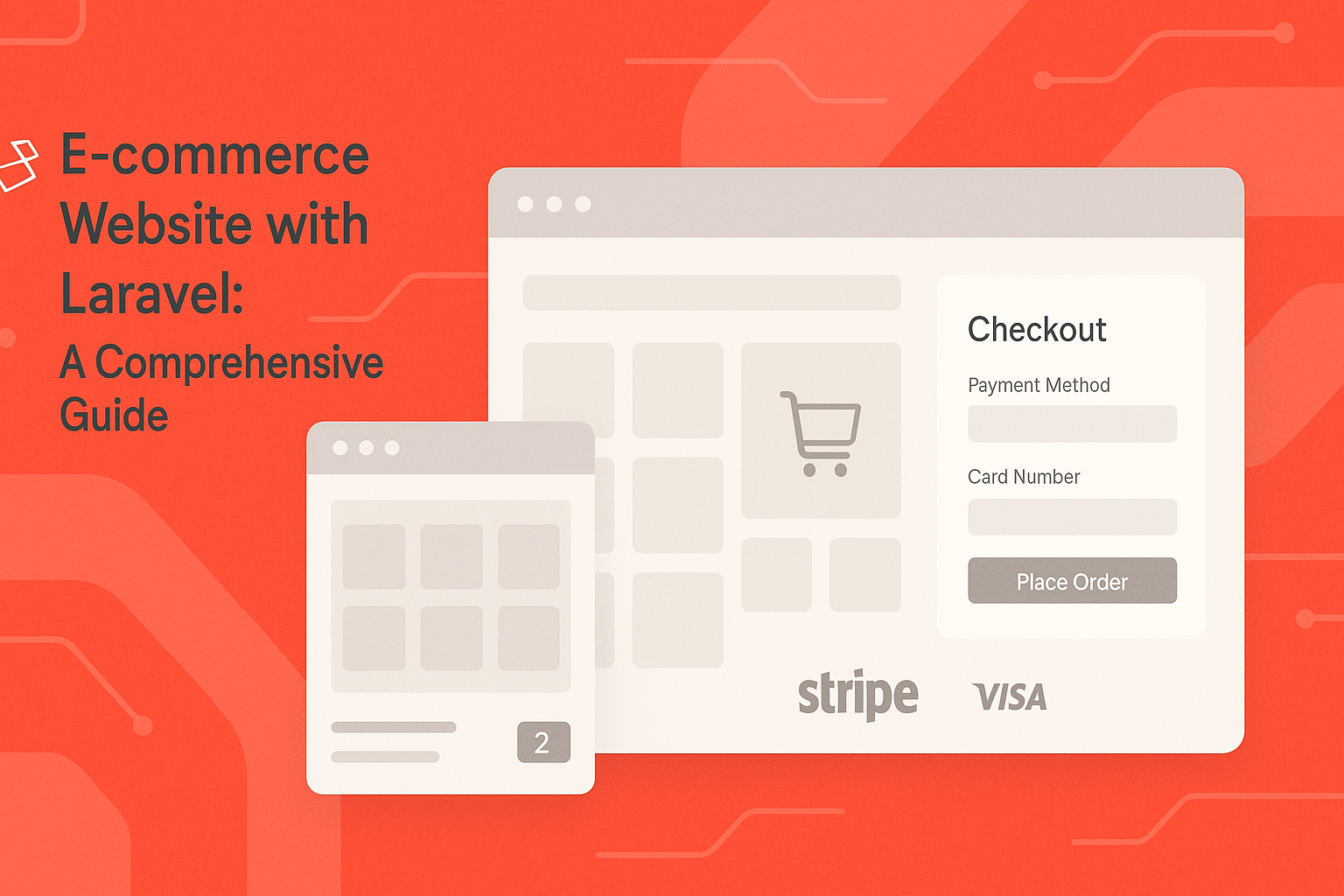Mastering the Art of Developing a Website

Essential Tips for Building an Effective Online Presence
Introduction
In today's digital landscape, developing a website is no longer a luxury but a necessity for businesses, organizations, and personal brands. It is your most powerful tool in establishing an online presence and reaching a wider audience. In this article, we will delve into the process of designing and developing a website, offering insightful tips on developing a good website that engages your visitors and accomplishes your goals.
The Importance of Developing a Website
Having a well-crafted website is a crucial element in modern business. It is the first interaction that potential customers have with your brand. The process of developing a website gives you the chance to showcase your products or services, communicate your brand's values, and build credibility. Developing a website for an organization provides an opportunity to engage with its audience in a direct and personalized manner.
Starting plus the Basics: Developing the Homepage for the Website
The homepage is the digital storefront of your website. When developing a homepage for the website, it is critical to make a strong first impression. It should clearly communicate what your brand or organization does, provide easy navigation to other sections of the site, and motivate visitors to explore further. Use clear and compelling copy, professional images, and an intuitive layout to guide visitors through your site.
Designing and Developing a Website: The Process
Developing your website involves a multistep process, beginning with planning your site's structure, creating its design and layout, adding content, testing, and finally launching. It is a blend of both creative and technical skills, involving aspects of graphic design, copywriting, SEO, and programming.
Tip #1: Identify Your Goal
Before you begin developing a website, it's crucial to identify its purpose. Are you selling products or services, sharing information, building a community, or something else? Your goals will guide every decision, from the website's design to its content and features.
Tip #2: Know Your Audience
Understanding your audience is another crucial step in website development. Knowing who they are, what they want, and how they use the web can inform your design choices and content creation.
Tip #3: Optimize for SEO
Search Engine Optimization (SEO) is essential in developing a good website. By using SEO best practices, you can increase the visibility of your site on search engine results pages, making it easier for potential customers to find you.
Tip #4: Make it Mobile-Friendly
With more people accessing the web via mobile devices, developing a website that is mobile-friendly is a must. Ensure that your website design is responsive, meaning it automatically adjusts to fit the screen size of the device being used.
Tip #5: Keep it Simple and User-Friendly
A website should be easy to navigate, with intuitive menus and a clear path to the information or services your users are looking for. Overcomplicated designs can confuse visitors and make them leave your site.
Developing a Website for an Organization: Key Considerations
Developing a website for an organization, whether it's a business, a non-profit, or a government entity, requires extra considerations. It's not only about presenting products or services but also about delivering a clear message about the organization's mission, values, and culture.
Conclusion
Developing a website is a critical step in establishing a strong online presence. By understanding your goals, knowing your audience, optimizing for SEO, ensuring mobile compatibility, and keeping user-friendliness in mind, you can create a website that effectively serves its purpose and delivers a memorable user experience. Whether you're developing a website for a personal brand or an organization, these tips will guide you through the process and help you build a successful online platform.


